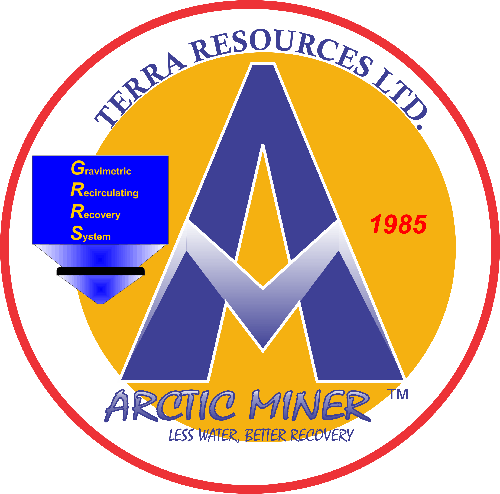
SAFR: PUULOA USMC Rifle Range B
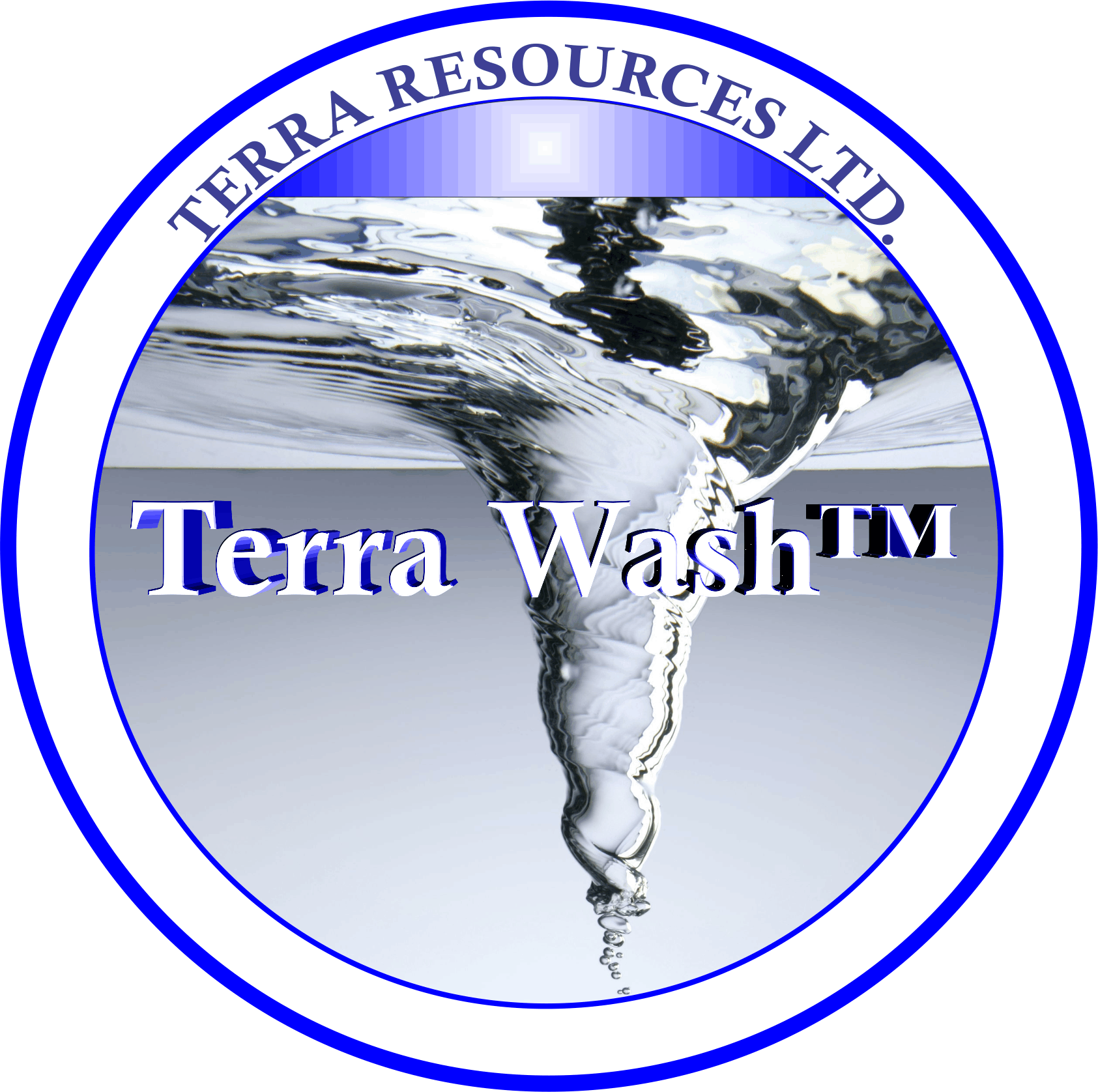 To prepare for the Puuloa job, about 750CY of bullet and Pb contaminated soils, TRL undertook an in-place upgrade of the TW10HM. A 36ft 30IN diameter screening plant was added driven by a 7.5hp SEW Eurodrive variable speed mechanical drive. The prior November before the project began in 2008, a preliminary site walk-through was undertaken with the prime contractor and PAC-DIV representatives. The job bid had been required to be submitted in August of the prior year without any preview of the actual project or a determination of the soil types.
To prepare for the Puuloa job, about 750CY of bullet and Pb contaminated soils, TRL undertook an in-place upgrade of the TW10HM. A 36ft 30IN diameter screening plant was added driven by a 7.5hp SEW Eurodrive variable speed mechanical drive. The prior November before the project began in 2008, a preliminary site walk-through was undertaken with the prime contractor and PAC-DIV representatives. The job bid had been required to be submitted in August of the prior year without any preview of the actual project or a determination of the soil types.
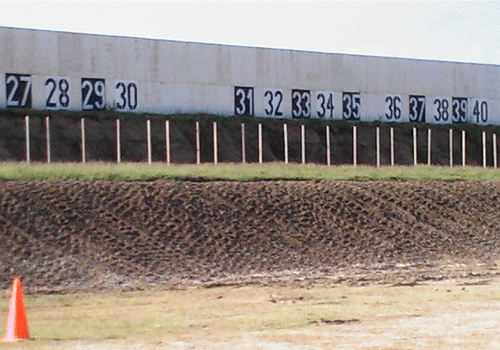
TRL based its bid upon the representations of the prime contractor with whom TRL had worked since the Halawa job in 2004. The berm soils to be processed were characterized as 30% clay and the rest mafic sands, rock and some coral. The actual soils discovered on the preliminary walk through were comprised of >90% mafic clay--Hawaiian red clay-- and dunnage--otherwise characterized as unfit for any other purpose--Hawaiin S4 or D4 construction classification.
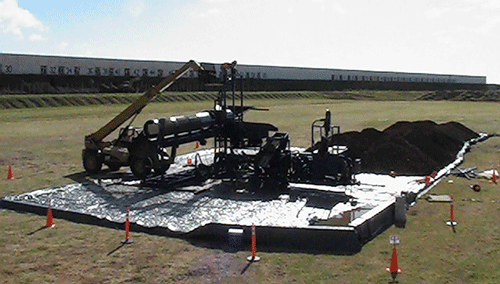
When TRL started processing the soils, steel I beam pieces up to several feet in length, steel angle iron pieces, many chunks of coral, some over 2ft in diameter and length were encountered along with concrete pieces over varying sizes, and pieces of timber of varying length that went undiscovered until the screening plant separated the dunnage from the soils. In spite of the impediments and the misrepresntations, TRL completed the job. TRL's ability to complete the job was a tribute to a crew that carried on inspite of the mistreatment and misrepresnetations of the prime contractor. We worked before sun up to 9pm every day we were allowed to work to overcome the challenges of that job. No one outworks TRL. No one.
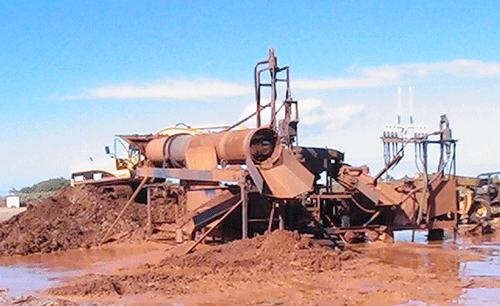
Puuloa Rifle Range B is enclosed by a berm topped with a concrete wall that prevents any bullets from getting outside of the range. The range faces Pearl Harbor to the east and one can see Honolulu and Diamond Head from an a beautiful white sand beach behind the barrier. The range is bordered by 30ft berms completely enlosing the range. These barriers prevent any wind from entering the range, and creates a hotter interior section. We have worked in 110°F temperatures on Oahu, but not without a breeze at some point to mitigate the heat. Puuloa was the hottest work site we have encountered. Iowa was hot, 110°F, but there was usually a breeze across that flat furnance that was the job site.
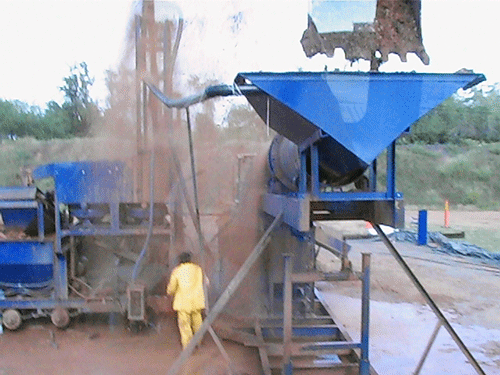
Recovered Pb and bullets were primarily 5.56mm and 7.62mm. Powdered Pb from disintigrated bullets was recovered in quantity due to the two stage jig system used on the TW10HM.
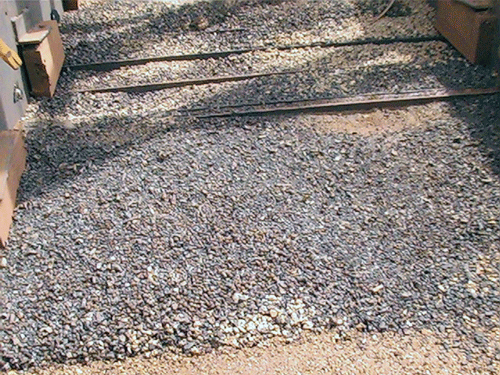
TRL continued to modify the TW10HM to include several more cyclones to help cut the mafic clays from solution. We finally came upon a solution to the processing of the clays that involved water and creating a soup that allowed a much faster processing rate and overcame the issue of impediments in the screening plant causing blinding of the screens and sluicing of the screening plant. Sometimes children provide the solutions where technology and the experience of adults completely obfuscate the solution. Keeping an open mind helps, but, it was the vision of one's grandkids playing in the mud that gave rise to the procedure that allowed completion of the job.
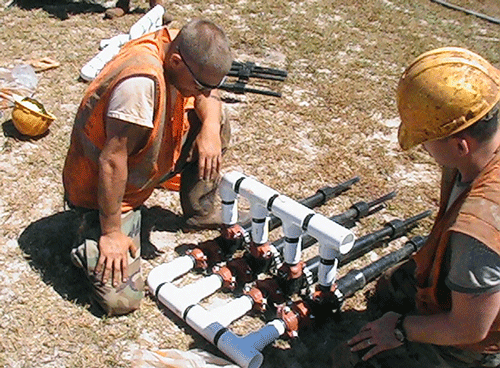
We were pleased and proud to have had the opportunity to work on a job for the USMC. We found their personnel to be exemplary and outstanding young Marines who had given much for their country. Puuloa was a holding unit for Marines who had been injured in combat and were awaiting medical discharges. Outstanding people.
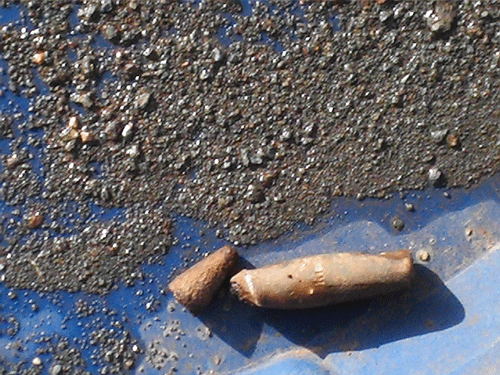
We did our job and we are proud of that accomplishment. This was a lot harder than any remote mining operatioon, because of the personalities, politics, misrepresentations, and impediments to any rational progress to complete the job efficiently and in a timely manner.
